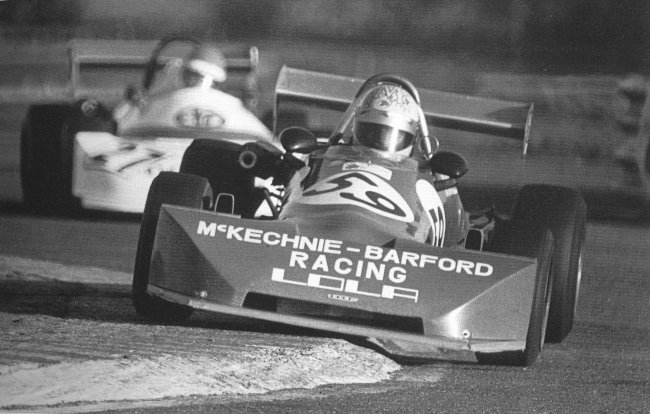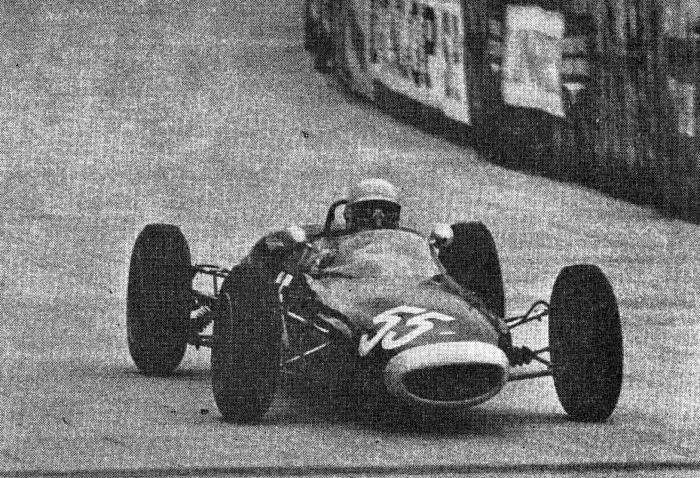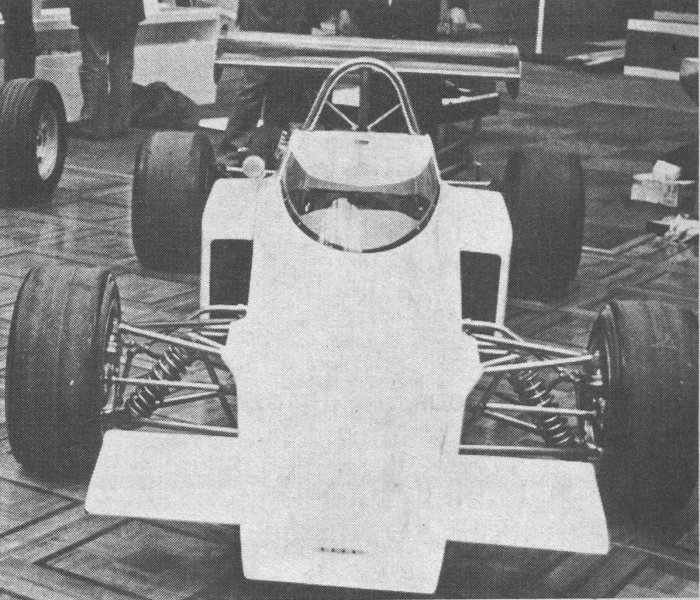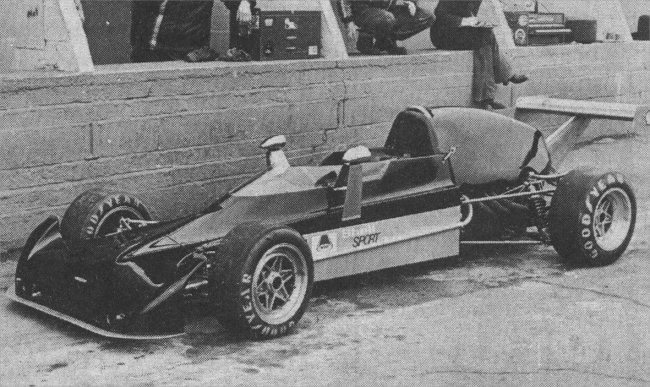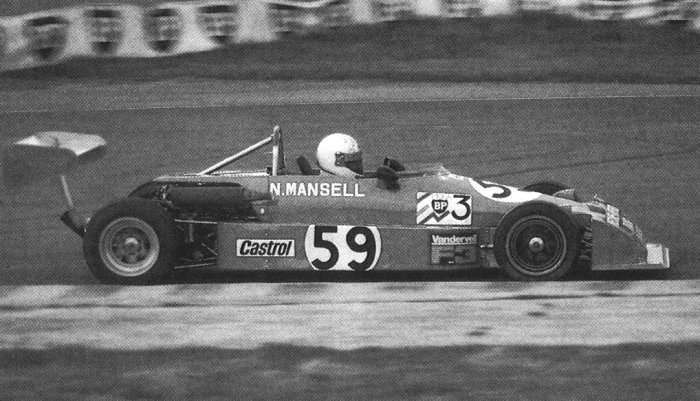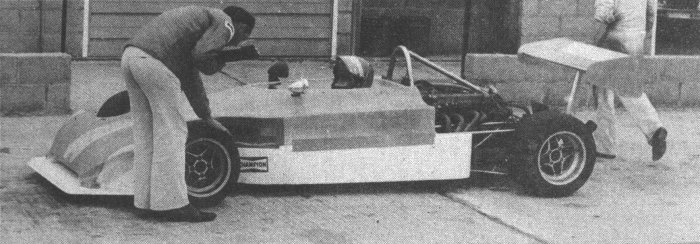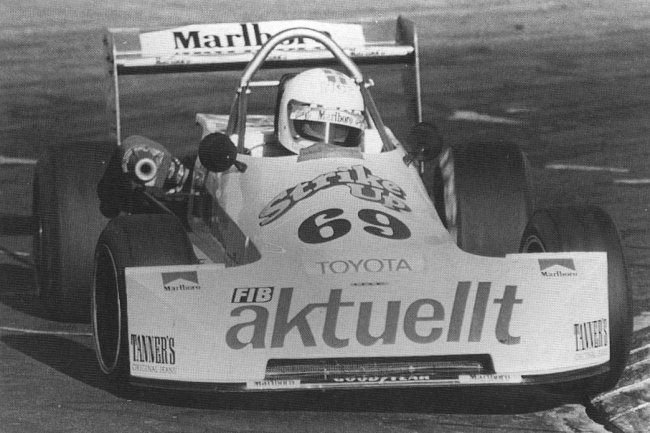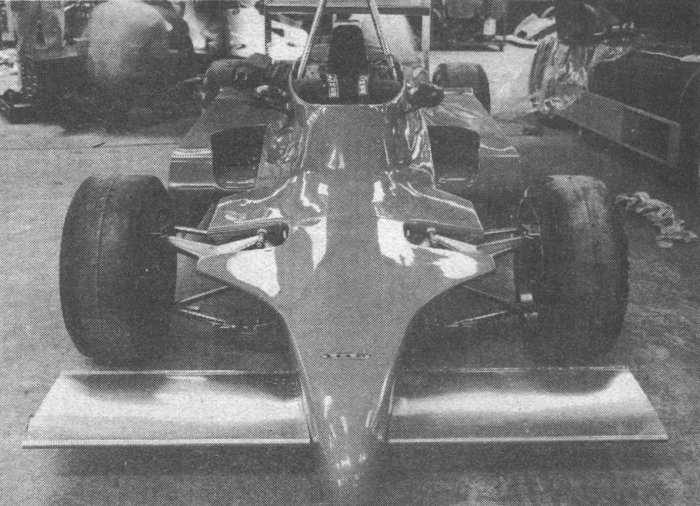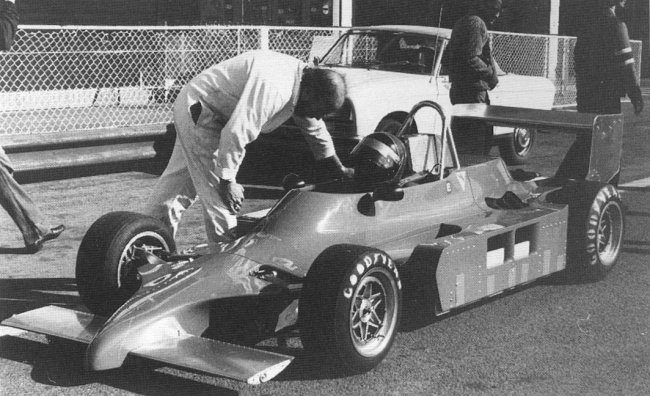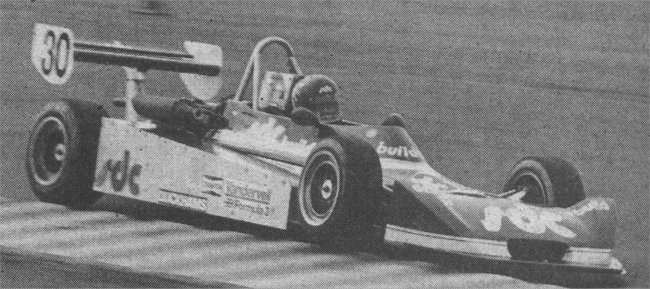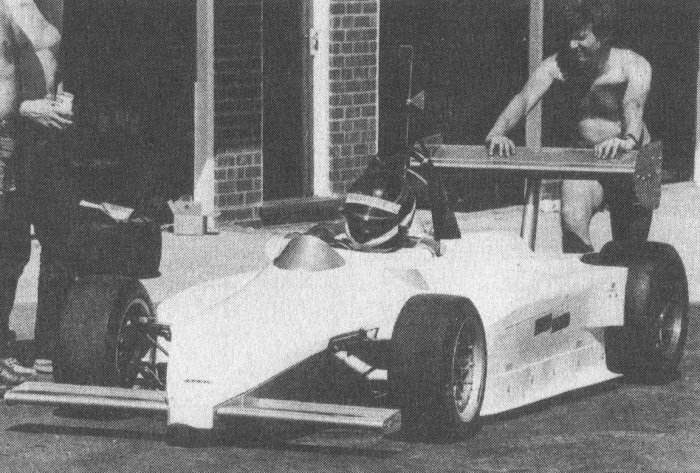Lola
1964
1965
1966
1967
1969
1971
1972
1973
1975
1976
1977
1978
1979
1980
1983
Lola had one more look at F3 with the T870, it was tested in mid-1983 and Lola announced it would race once it was fully competitive. It never raced which implies it wasn’t ready to take on the Ralt RT3 head to head. That was Lola’s last F3 car for 20 years until the creation of the Lola-Dome (q.v.).
Drivers
1964
Mk53
Bill Bradley.
Mk5A
Jacques Clemente, Jean-Claude Franck, Dieter Mantzel, Eric Offenstadt.
Mk5
Andrea de Adamich, David Baker, Tommy Bunn, William Caiger, Len Selby.
Mk3
Josef Hecht, Klaus Miersch, August Rösner.
Mk2
Tony Goodwin.
?
Richard Höhfeld, Chuck Jones, Jean-Pierre Muller, Heinrich Oestreich, Giuseppe Polistena, Josef Schnitzer.
1965
T60
Mike Beckwith, Eric Offenstadt.
Mk5A
Andrea de Adamich, Jean Bruyére, Georg Duneborn, Jean-Pierre Muller, Antonio Peixinho, Paul Pellero, Claude Sitrakian.
Mk5
Claude Sitrakian.
Mk3
Ralph Buschaus de Laforest.
?
Pierre Derré, Sten-Olof Gunnasson, J-C Muller, Ernst Schelble, Hasse Sjostedt, Yngve Wallin.
1966
T60
Mike Beckwith, Eric Offenstadt, Luigi Petri, Giorgio Pianta, Steve Thompson.
Mk5A
Ted Reece, Georges Taquet.
Mk3
Karl Starke.
?
Dieter Braun, Stig Dahlman, Lothar Ranft, Yngve Wallin.
1967
T60 (see 1967 above)
Ian Ashley, Michel Dagorne, Pierre/Philippe Marchesi, Boley Pittard, Steve Thompson.
Mk3
Karl Starke.
?
Mario Acquati, Mac Daghorn, Daniel Gache.
1968 ?
Göran Porander.
1969
T62
Guy Edwards.
?
Klaus Tenbensel.
1975 T350
Robert Joubert.
1976
T470
Patrick Bardinon.
1977 T570
George Aposkitis, Ian Ashley, Nigel Mansell.
1978 T670
Walter Baltisser, Roland Bitterlin, Mike Blanchet, Tommy “Slim” Borgudd, Fredy Eschenmoser, Arie Luyendijk.
1979
T770
Phillipe Alliot.
T672
Roland Bitterlin, Mike Blanchet.
T670
Mike Blanchet, Beat Blatter, Fredy Eschenmoser, Edy Kobelt, Max F. Welti.
1980
T770/2
Mike Blanchet.
?
Jean-Pierre Lebet, Pierre-Alain Lombardi.
1981
T570
Jean-Pierre Trachsel.
T672
Jean-Pierre Lebet, Pierre-Yves Meinen.
1982
T672
Robert Simac.
T670
Jean-Pierre Trachsel.
1983 ?
Christian Nenning, Walter Pedrazza.
1984 ?
Roland Dupasquier.
